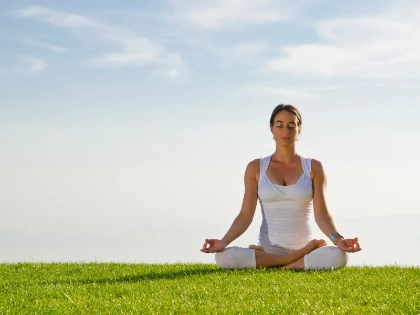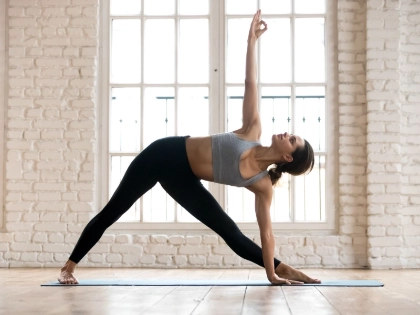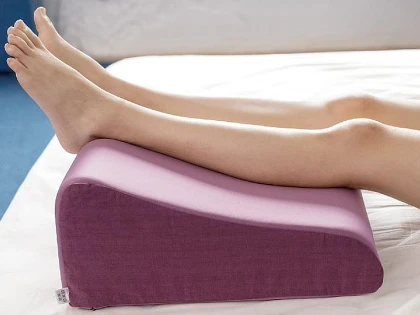How To Use Yoga Postures To Enhance Balance
Like learning to use chopsticks, balance is a skill that takes practice. Your feet, legs, hips and core will all become stronger with these balancing yoga poses. Place your feet hip-width apart. Widen your feet if you feel more comfortable doing so. Then bend your legs and slowly reach one leg forward. Place your other hand on the ground in prayer mudra.
1. Focus on your core
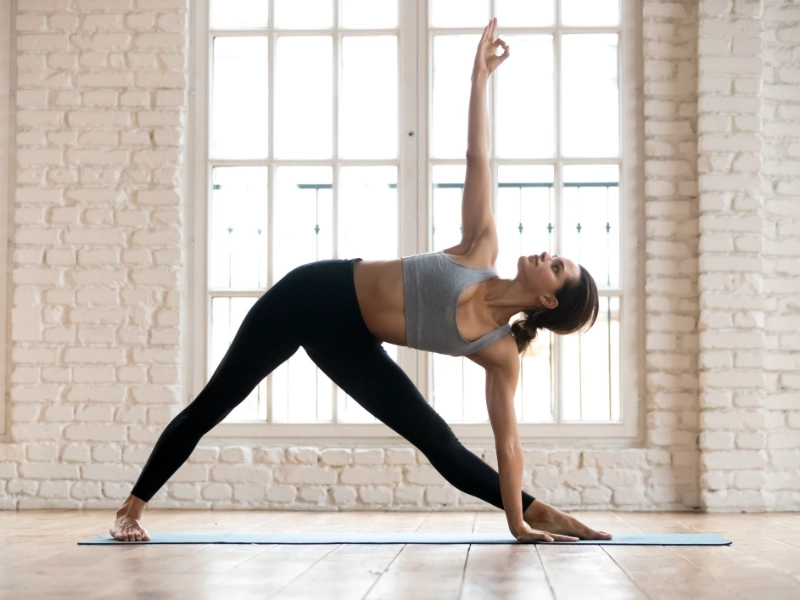
2. Watch your step
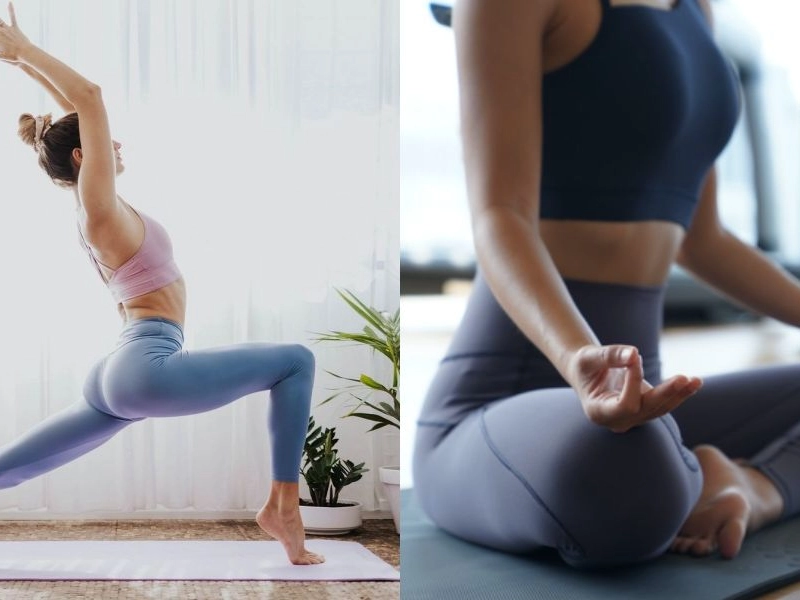 This yoga pose requires you to support your weight on one leg, so it is a great way to develop your sense of balance. Additionally, it strengthens your ankles and feet and helps expand the plantar fascia. With both feet together on the mat, carefully step one foot up to your thigh. You can then choose to bend your leg and place it on your calf or keep your foot turned outward for an added challenge. If you are having trouble performing the pose, try this pose with the help of a wall for extra stability. With practice, you will become more adept at this posture and eventually be able to stand on the ground with just one foot. This is an excellent way to test your vestibular and visual systems to develop a sense of stability and orientation in your environment. When performing this pose, keep your gaze forward. Do not look up or down at the ceiling.
This yoga pose requires you to support your weight on one leg, so it is a great way to develop your sense of balance. Additionally, it strengthens your ankles and feet and helps expand the plantar fascia. With both feet together on the mat, carefully step one foot up to your thigh. You can then choose to bend your leg and place it on your calf or keep your foot turned outward for an added challenge. If you are having trouble performing the pose, try this pose with the help of a wall for extra stability. With practice, you will become more adept at this posture and eventually be able to stand on the ground with just one foot. This is an excellent way to test your vestibular and visual systems to develop a sense of stability and orientation in your environment. When performing this pose, keep your gaze forward. Do not look up or down at the ceiling.
3. Bend your knees slightly.
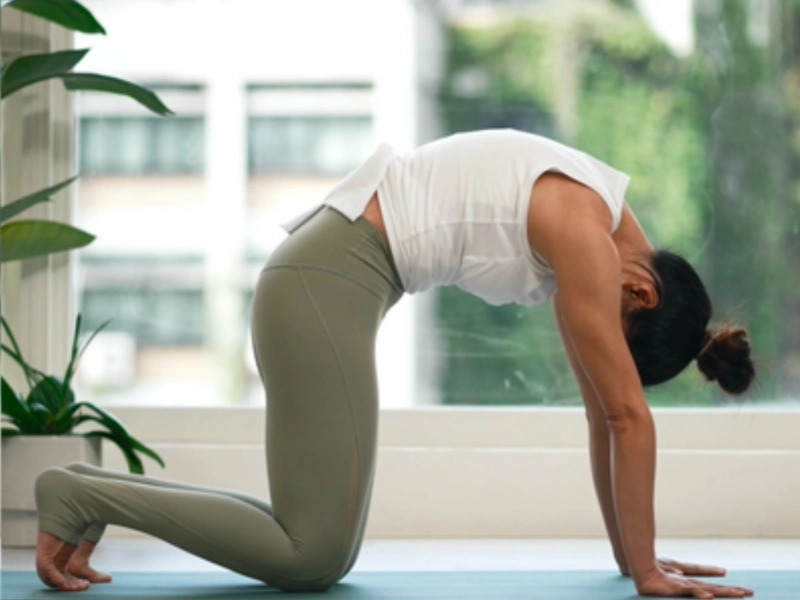 In balancing poses such as Tree Pose and Mountain Pose (Tadasana), bending your knees slightly helps you maintain better balance, as it limits swaying and increases the difficulty of the pose. Additionally, focusing your eyes on a single point enhances proprioception, or awareness of your body's position in space. Chair Pose is also a great balancing pose, requiring you to use one leg to support your full weight. Starting this stance near a wall or a stable, non-toppling chair will allow you to use it as support if needed. This pose enhances balance while strengthening your legs, hips, and core. Remember that it takes time to develop muscle memory for a new posture, so it's okay to sway a little in this pose at first. With enough practice, you'll soon find these postures easy to adopt.
In balancing poses such as Tree Pose and Mountain Pose (Tadasana), bending your knees slightly helps you maintain better balance, as it limits swaying and increases the difficulty of the pose. Additionally, focusing your eyes on a single point enhances proprioception, or awareness of your body's position in space. Chair Pose is also a great balancing pose, requiring you to use one leg to support your full weight. Starting this stance near a wall or a stable, non-toppling chair will allow you to use it as support if needed. This pose enhances balance while strengthening your legs, hips, and core. Remember that it takes time to develop muscle memory for a new posture, so it's okay to sway a little in this pose at first. With enough practice, you'll soon find these postures easy to adopt.
4. Inhale
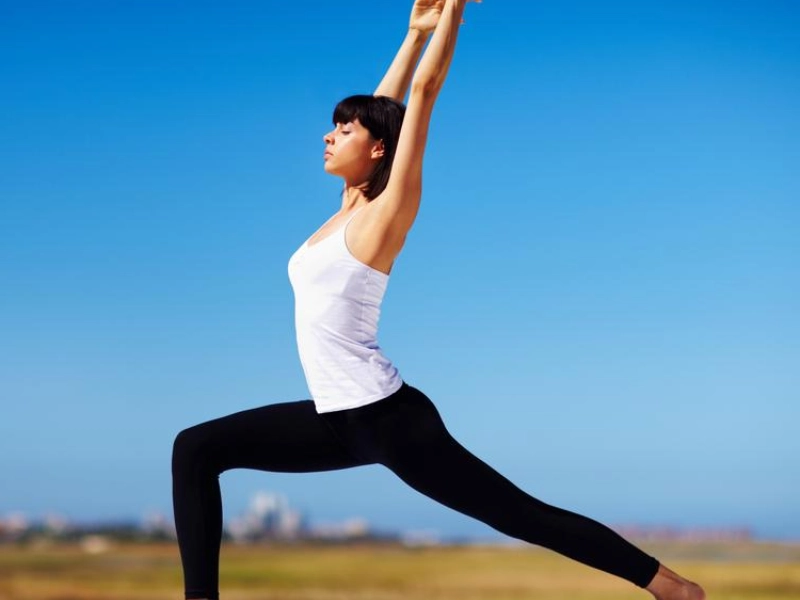 In a balanced position, calm and deep breathing will keep your body stable and anchored. It will also help you to avoid overstretching your muscles, allowing you to enter the pose with more ease. By keeping your focus on the focal point, your vestibular and visual systems can generate a stable direction in space, which is essential for maintaining balance. This can be done in a variety of poses, but it is especially helpful for balancing poses like seated knee-chest. Weak outer hip and glute muscles are the main reason why it is difficult to balance yoga poses. Strengthening these muscles and finding the correct form for your knees and hips is essential to improving your balance. Everyone can benefit from practicing balancing yoga poses with patience and consistency. Not only does it help improve your balance, it also provides you with the ability to maintain composure and focus under pressure, an ability that you will be able to put to great use off the mat.
In a balanced position, calm and deep breathing will keep your body stable and anchored. It will also help you to avoid overstretching your muscles, allowing you to enter the pose with more ease. By keeping your focus on the focal point, your vestibular and visual systems can generate a stable direction in space, which is essential for maintaining balance. This can be done in a variety of poses, but it is especially helpful for balancing poses like seated knee-chest. Weak outer hip and glute muscles are the main reason why it is difficult to balance yoga poses. Strengthening these muscles and finding the correct form for your knees and hips is essential to improving your balance. Everyone can benefit from practicing balancing yoga poses with patience and consistency. Not only does it help improve your balance, it also provides you with the ability to maintain composure and focus under pressure, an ability that you will be able to put to great use off the mat.







